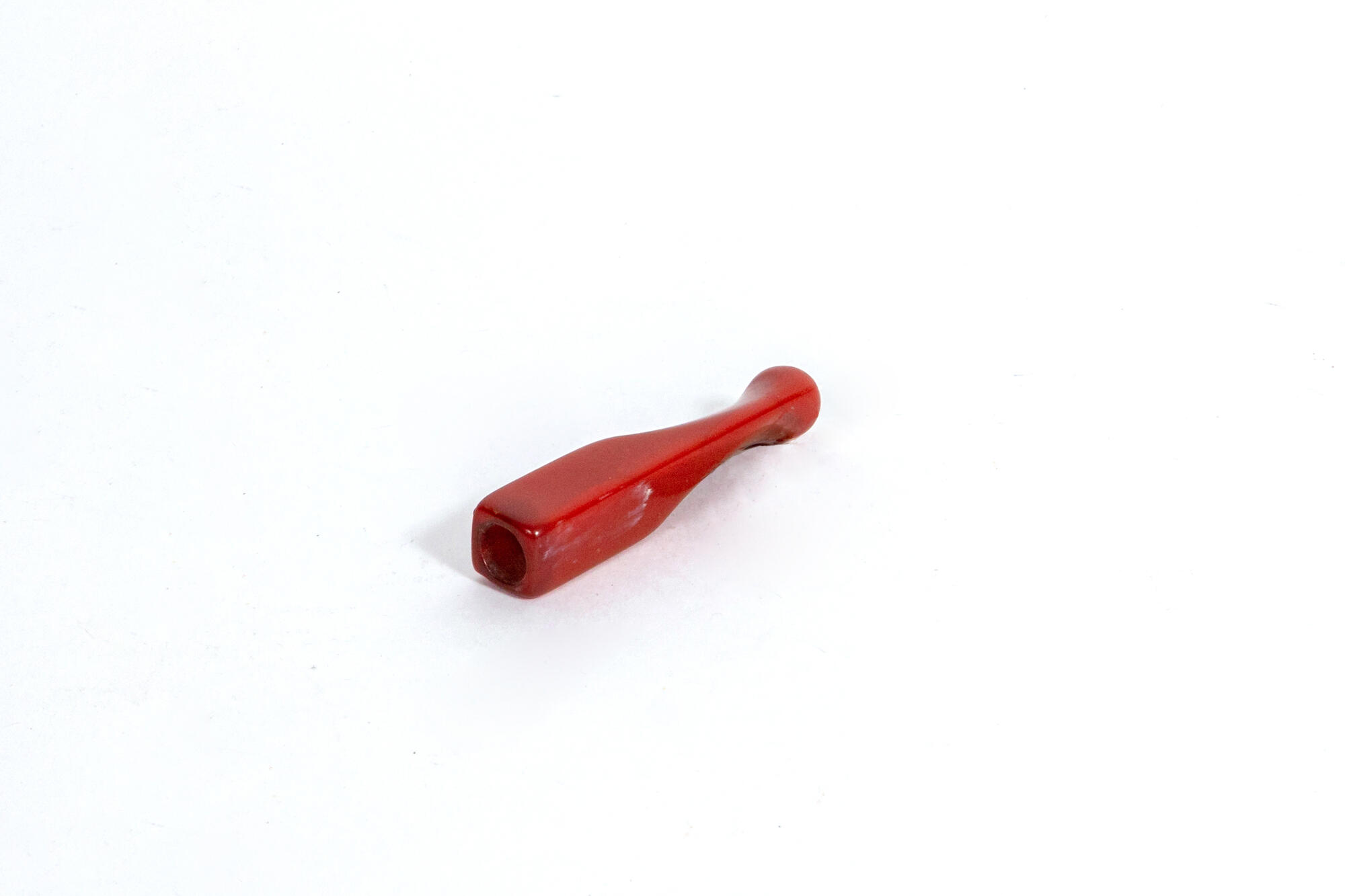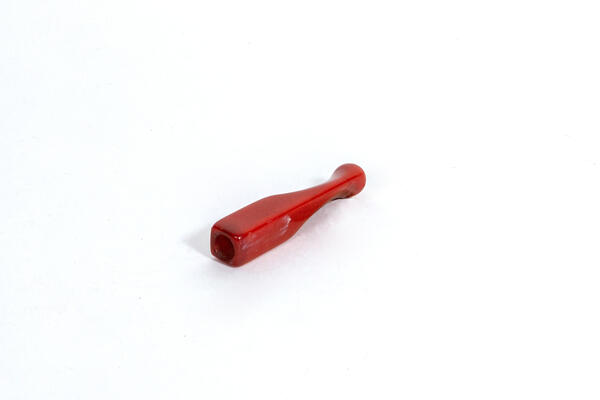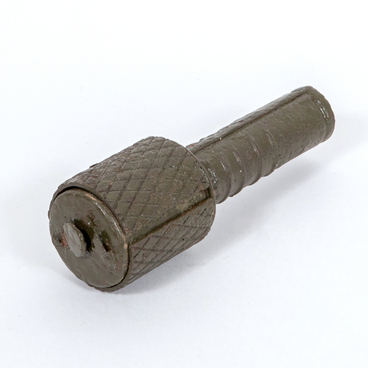Cigarette holders were hollow straight tubes in which roll-your-own cigarettes or regular cigarettes were held for smoking. A part of the smoking pipe that was connected to the stem or the tobacco bowl was also called a cigarette holder, or a mouthpiece.
At the beginning of the 20th century, cigarette holders were most often made of ebonite — vulcanized natural Indian rubber. This inexpensive material was easy to work with. Acrylic cigarette holders became popular much later. In 1928, chemist Otto Röhm patented this material under the brand name Plexiglas.
In the period between the two world wars, as aviation was actively developing and the flying range of airplanes was increasing, plexiglass was used to manufacture lights for cockpits. In this regard, the development of domestic plexiglass also accelerated. In the USSR, it was synthesized in 1936 at an experimental factory of the ‘Plastmass’ research institute of the People’s Commissariat of Heavy Industry in Leningrad. In addition, soviet factories began to produce multi-colored cigarette holders made of this material.
Since the beginning of the 20th century, factory-made cigarettes and roll-your-own-cigarettes gradually replaced the popular smoking pipes. The first cigarettes in the USSR were produced in 1926 at the Leningrad 3rd Tobacco Factory named after L. D. Trotsky (later renamed after Clara Zetkin, presently — the ‘Nevo-Tabak’ factory), but they had not been very popular before the war began. It was only during the Great Patriotic War that the Soviet smokers began to enjoy cigarettes with tobacco, which was captured or received from the allies.
Red Army field rations included makhorka, a tobacco of inferior quality, which often contained tobacco stalks and waste from tobacco processing. Crushed makhorka was given out in packs; soldiers kept them in tobacco pouches with their roll-your-own cigarettes. Officers were given papirosas — tobacco, already wrapped in thin paper with a thick paper cigarette holder. German soldiers and officers received cigarettes, which, did not have paper cigarette holders. They could smoke them without the holders, but many people used ebonite or acrylic holders, as it helped them to smoke a cigarette to the end.
At the beginning of the 20th century, cigarette holders were most often made of ebonite — vulcanized natural Indian rubber. This inexpensive material was easy to work with. Acrylic cigarette holders became popular much later. In 1928, chemist Otto Röhm patented this material under the brand name Plexiglas.
In the period between the two world wars, as aviation was actively developing and the flying range of airplanes was increasing, plexiglass was used to manufacture lights for cockpits. In this regard, the development of domestic plexiglass also accelerated. In the USSR, it was synthesized in 1936 at an experimental factory of the ‘Plastmass’ research institute of the People’s Commissariat of Heavy Industry in Leningrad. In addition, soviet factories began to produce multi-colored cigarette holders made of this material.
Since the beginning of the 20th century, factory-made cigarettes and roll-your-own-cigarettes gradually replaced the popular smoking pipes. The first cigarettes in the USSR were produced in 1926 at the Leningrad 3rd Tobacco Factory named after L. D. Trotsky (later renamed after Clara Zetkin, presently — the ‘Nevo-Tabak’ factory), but they had not been very popular before the war began. It was only during the Great Patriotic War that the Soviet smokers began to enjoy cigarettes with tobacco, which was captured or received from the allies.
Red Army field rations included makhorka, a tobacco of inferior quality, which often contained tobacco stalks and waste from tobacco processing. Crushed makhorka was given out in packs; soldiers kept them in tobacco pouches with their roll-your-own cigarettes. Officers were given papirosas — tobacco, already wrapped in thin paper with a thick paper cigarette holder. German soldiers and officers received cigarettes, which, did not have paper cigarette holders. They could smoke them without the holders, but many people used ebonite or acrylic holders, as it helped them to smoke a cigarette to the end.



